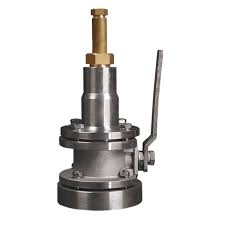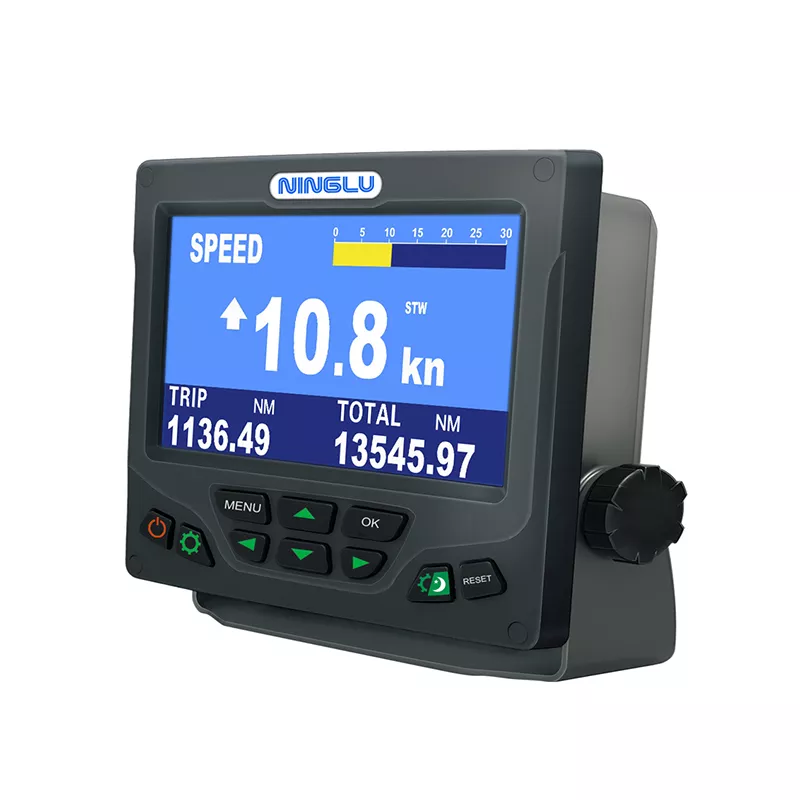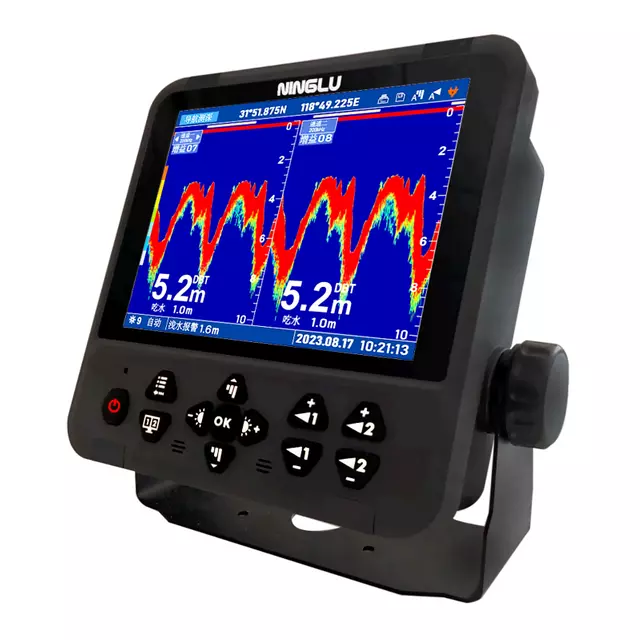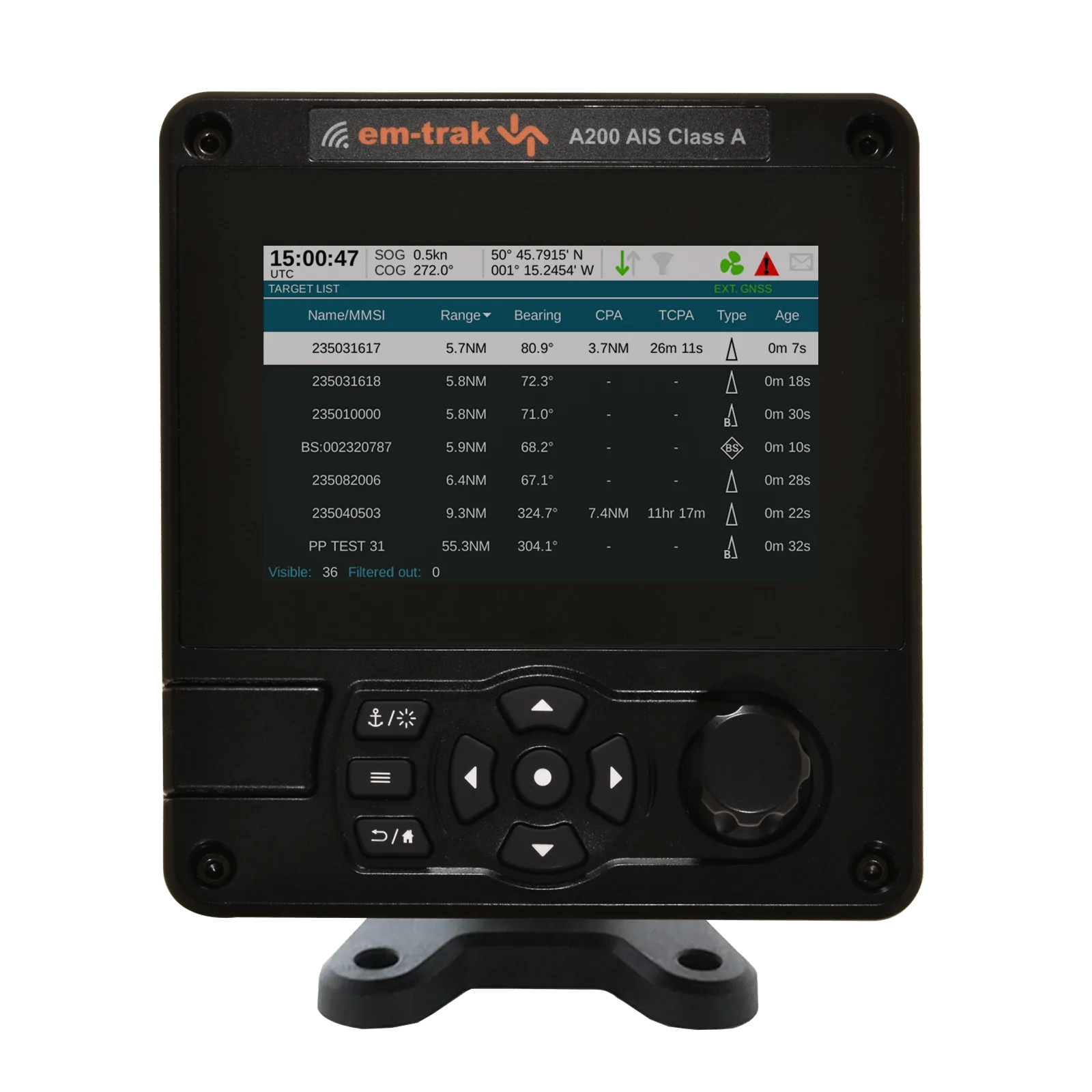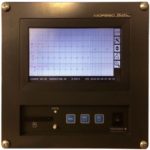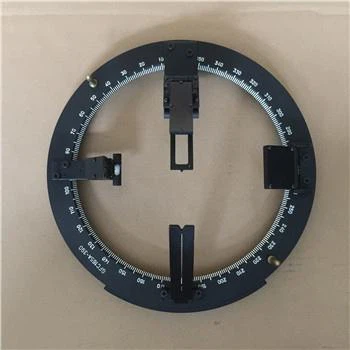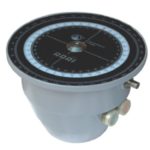Autopilots
An autopilot is a navigational device used to control the steering of a vessel automatically. It plays a crucial role in maritime operations by reducing the workload on crew members and ensuring accurate course keeping. Below are some frequently asked questions (FAQs) about autopilots:
| Question | Answer |
|---|---|
| What is an autopilot? | An autopilot is a device used to steer a vessel automatically by maintaining a predetermined course set by the navigator or captain. |
| How does an autopilot work? | Autopilots use sensors such as gyroscopes, GPS, and fluxgate compasses to monitor the vessel’s heading and make adjustments to the rudder or steering system to maintain the desired course. |
| What are the types of autopilots? | Common types include hydraulic autopilots, electric autopilots, and integrated autopilot System that interface with other navigation equipment onboard. |
| Where is the autopilot control unit located? | The autopilot control unit is usually located on the bridge or navigation station of the vessel, where it can be easily accessed and monitored by the crew. |
| Can autopilots handle different sea conditions? | Yes, modern autopilots are designed to adjust for various sea conditions, including waves, currents, and wind, to maintain stable course keeping. |
| What is the accuracy of autopilots? | Autopilots can steer vessels with high accuracy, typically within a few degrees of the set course, ensuring precise navigation and safety. |
| Are autopilots used continuously? | Autopilots can operate continuously during long voyages, providing relief to crew members and ensuring consistent course keeping without manual intervention. |
| Do autopilots have safety features? | Yes, autopilots are equipped with safety features such as alarms for course deviation, collision avoidance alerts, and integration with radar and AIS System for enhanced situational awareness. |
| What are the benefits of using an autopilot? | Using an autopilot reduces crew fatigue, improves fuel efficiency by optimizing course keeping, enhances safety by maintaining steady headings, and allows crew members to focus on other critical tasks. |
| Can autopilots be overridden manually? | Yes, autopilots can be overridden manually by the captain or navigator in case of emergency, sudden course changes, or specific maneuvering requirements. |
Conclusion
Autopilots are essential navigation tools on vessels, providing automated steering capabilities that enhance operational efficiency and safety at sea. By integrating advanced sensors and control System, autopilots contribute to smoother voyages and reliable course keeping in various maritime conditions.

